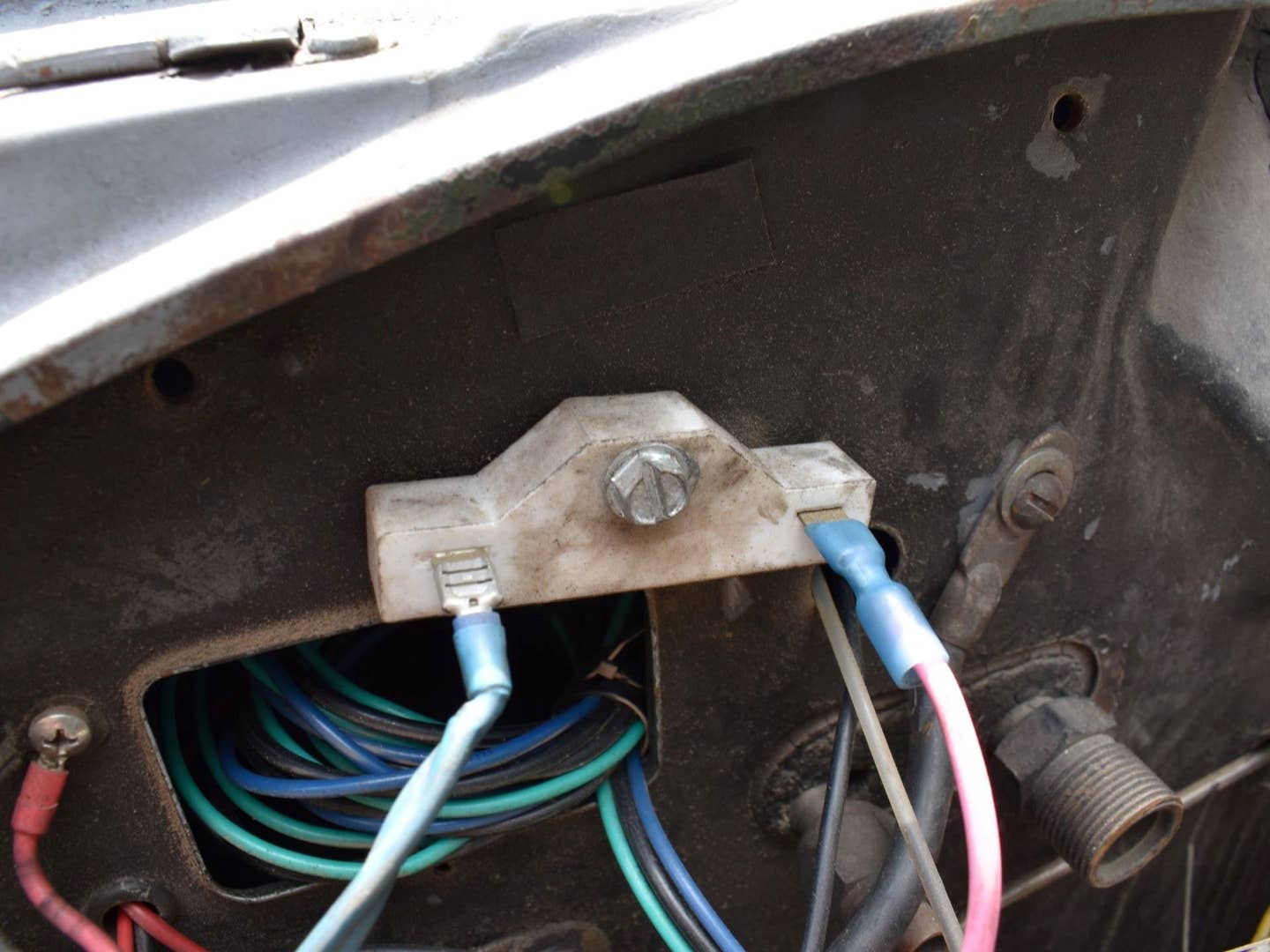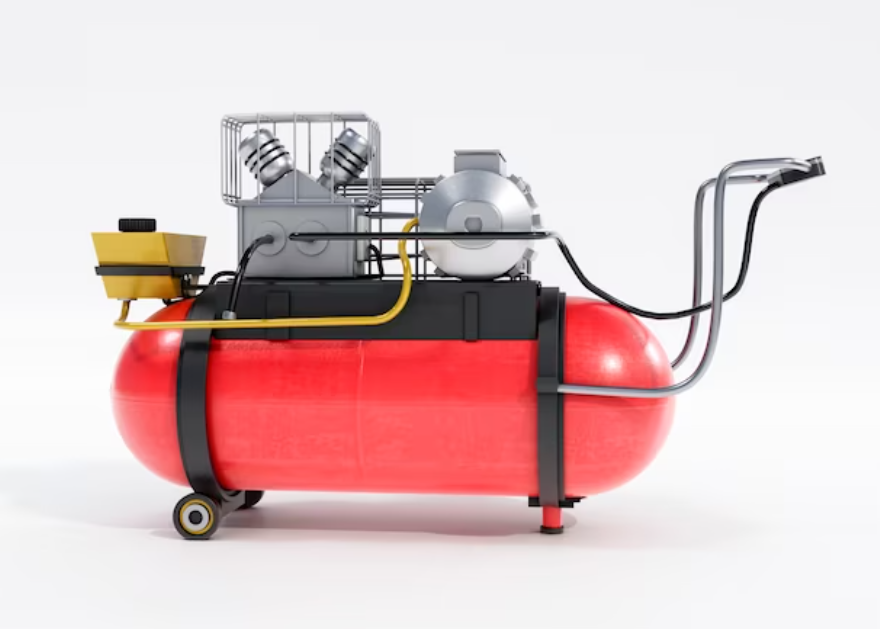How To Troubleshoot The Ignition System?
Technical skill is necessary for navigating ignition troubleshooting under the hood, but being cautious about safety is just as important. Take precautions to keep yourself safe when you examine the complex mechanisms of your car's ignition system. To guarantee a safe and effective diagnostic journey, our guide provides essential safety advice and thorough diagnostic methods.

Ignition Troubleshooting Safety: Tips to Stay Safe Under the Hood
While troubleshooting ignition problems is normally safe when done with common sense safety procedures used, working under the hood can be dangerous, particularly when there is an engine running and high-voltage components involved. To avoid any uncomfortable situations, follow these safety advices:
- Put Personal Protection First: Even if injuries appear rare, do not ignore protective gear like gloves and safety glasses. It is crucial to shield your hands and eyes in case of unplanned accidents.
- Mind the Heat: Be cautious of hot surfaces, particularly if the engine has been running recently. Wear protective gloves to shield your skin from burns, and avoid direct contact with exhaust components or the intake manifold.
- Disconnect the Battery: Whenever feasible, disconnect the vehicle's battery to minimize the risk of electrical accidents. Additionally, when testing components, remember that electricity seeks the path of least resistance—your body should never be that path.

The tools required for diagnosing ignition issues vary based on the vehicle's make and model. For older cars, basic hand tools and a multimeter are typically sufficient, while newer vehicles may necessitate additional tools and accessories. It's crucial to research your specific vehicle to determine the exact tools required.
- Socket Set/Hand Wrench: Essential for removing components like spark plugs and ignition coils.
- Spark Plug Socket: Specifically designed to remove and install spark plugs efficiently.
- Multi-Meter: Used to measure voltage, resistance, and continuity in electrical circuits.
- Spark Plug Tester (optional): Facilitates testing of spark plug functionality, particularly useful for diagnosing ignition-related issues.

Organizing your tools in a readily accessible manner ensures efficiency during diagnosis, preventing unnecessary delays. Additionally, ensure you have a flat workspace, such as a garage floor or driveway, to safely conduct the diagnostic procedures. Be mindful of local regulations if working on the street to avoid any legal issues.
Understanding ignition problems is key, given their diverse nature across different vehicles and symptoms. Your car might refuse to start entirely or run rough, with various underlying causes for each scenario. It's essential to approach each issue individually and become familiar with the ignition's components before diving into troubleshooting. Regardless of your vehicle's type, the fundamental principles of diagnosis remain constant.
Confirm Lack of Spark:
Determine whether the issue involves a misfire or a no-start condition by checking if the spark plug is firing. Use a spark plug test light or connect the plug to the ground and turn the key.

Inspect for obvious issues:
Before using tools, visually inspect for any apparent signs of trouble. Ensure no components are accidentally disconnected or damaged.
Test for Power:
With the ignition on, use a multimeter to verify that there is an adequate voltage supply to the ignition system. Address any power loss issues by tracing back towards the battery or checking the ballast resistor's functionality.
Validate the Firing Order:
In cases of misfire or no-start, double-check the firing order against the distributor cap setup to ensure correct alignment.
Verify the initial timing.
Confirm the distributor's initial timing to ensure proper alignment and correct any discrepancies if necessary.
Test/Inspect Spark Plugs:
Examine the spark plugs for damage or fouling. Use a multimeter to test plug functionality if issues persist.
Test spark plug wires:
Check plug wires for damage and test resistance according to manufacturer specifications using a multimeter.
Check for spark at the coil.
Test the coil or coil pack for spark either visually or by checking resistance values as per manufacturer specifications.
Inspect the cap and rotor.
Ensure cap and rotor contacts are not worn or damaged, as they are responsible for transmitting spark to cylinders.
Test the distributor.
Depending on your distributor type, perform tests to verify functionality, such as resistance checks or inspections of points and condensers.
Verify distributor settings:
Adjust the gap between the pickup and relay wheel or points contacts according to manufacturer specifications.
Test the Ignition Module:
If all else fails, test the ignition module to confirm its functionality before considering replacement.
Thorough Inspection: Examine the wiring under the dash for any signs of damage or disconnection. Don't overlook components like the starter relay and ignition switch, which can also contribute to ignition issues.
Check the starter: A faulty starter can drain voltage during engine cranking, hindering spark generation. Ensure your starter is functioning properly to avoid ignition-related problems.
Consider battery health: Insufficient battery power can impede ignition, leading to startup issues. If your battery struggles to crank the engine, it might be time for a replacement.
Don't Forget Compression and Fuel: While spark is crucial, adequate compression and fuel supply are equally vital for engine operation. If you encounter a no-start situation despite a functioning spark, investigate potential issues with compression and fuel delivery.
Address Vacuum Leaks: Vacuum leaks can disrupt engine performance and hinder ignition. Check all vacuum lines for proper connections to prevent potential firing issues.

What are the signs of a malfunctioning ignition module?
Indicators of a faulty ignition module encompass diminished engine performance, irregular firing, or outright failure to start—analogous to symptoms associated with other ignition system components. Precise troubleshooting is crucial to identify the root cause accurately.
What occurs when the ignition switch malfunctions?
A malfunctioning ignition switch can trigger diverse problems, including ignition failure. It's vital to verify secure electrical connections, assess the switch's internal contacts for integrity, and potentially consider reprogramming if warranted.
Is it possible to overheat an ignition coil?
Yes, subjecting an ignition coil to excessive heat is plausible, particularly if exacerbated by faulty plugs imposing undue stress on the system. Prudent placement of the coil within the engine compartment is pivotal to mitigate overheating risks effectively.
Starting an ignition diagnostics journey demands not only technical know-how but also a strong dedication to safety. You can confidently handle the complexity of your car's ignition system by following our professional safety advice and painstaking diagnostic techniques. Always keep in mind that safety should be the primary motivator for your diagnostic journey, guaranteeing a safe and easy experience when troubleshooting beneath the hood.
Click on the following link to read another blog post: When To Change Spark Plugs?













